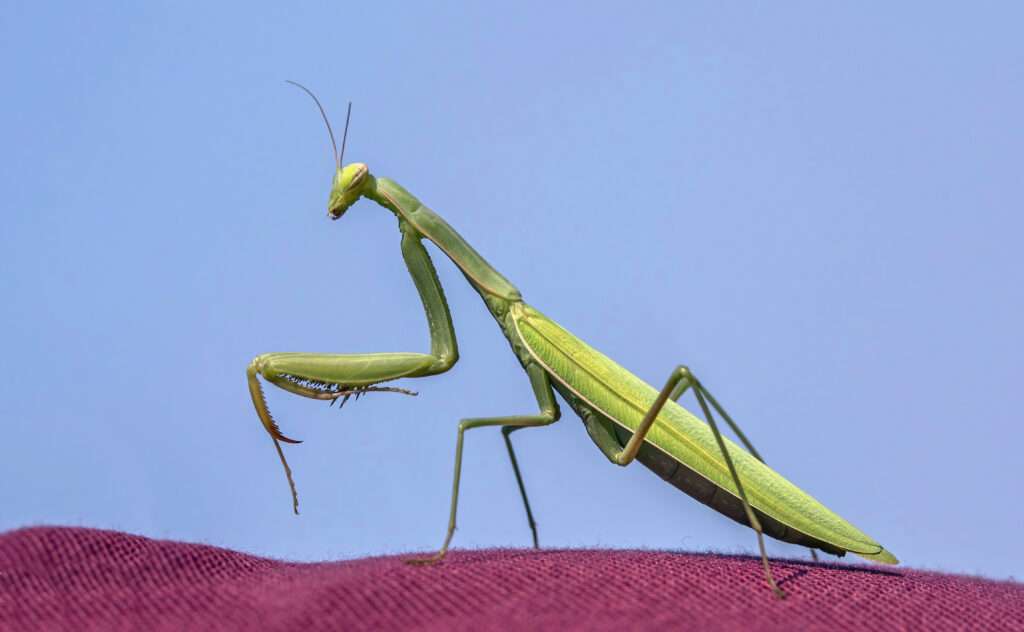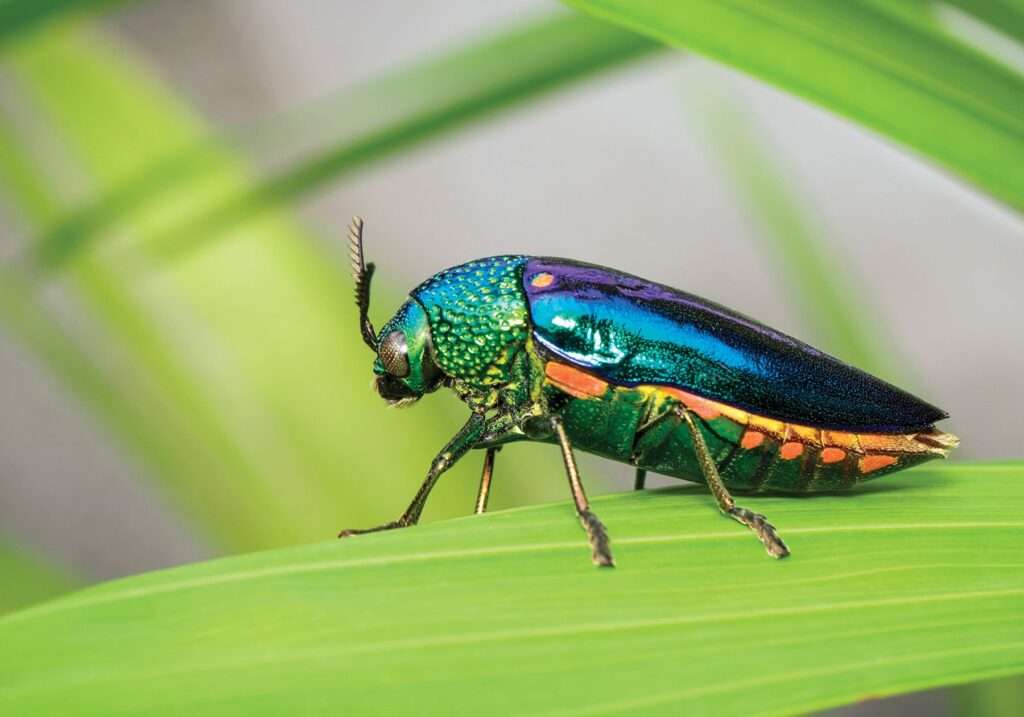
The stick insect, as its name suggests, resembles the twigs that it lives amid, giving it one of the most effective natural camouflages on Earth. It and the similarly unnoticeable leaf insect make up the Phasmatodea order, which comprises over 6,000 species.
Threats to Life
Stick insects are poorly understood, thus it is challenging to assess how vulnerable they are in the field. Along with the common practice of framing their carcasses like butterflies, the pet trade poses a possible hazard.
Defensive mechanism
Many stick insects impersonate death to thwart predators, and some will occasionally remove a limb to elude capture. While some species, like the North American Anisomorpha buprestoides, swipe at predators with their legs wrapped in spines, others release foul-smelling fluid.
What do they eat?
- Phasmids are herbivorous animals that mostly eat plant leaves.
- Typically disguised to resemble plant seeds, their eggs can lay dormant for up to a season before emerging. The nymphs resemble adults almost exactly when they are born.
Where are they found?
- They can be quite challenging to notice because of their excellent natural camouflage. Warmer regions of the earth, particularly the tropics and subtropics, are home to Phasmatodea.
- South America and Southeast Asia have the most diversity, with Australia coming in third. In the continental United States, phasmids are also widely distributed, primarily in the Southeast.
What does a stick bug look like?
- Phasmids typically have colours that match their surroundings, which are typically green or brown, while some species have vivid colours and others have obvious stripes.
- Many stick insects have wings, some of which are incredibly attractive while others are hardly more than stumps. Many species’ bodies are covered in spines and tubercles.

Number of Species
Among the 6000 species of stick insects in existence, hundreds are kept in captivity as pets and in zoos. Each species has distinct colors, physical characteristics, behavioral traits, native habitats, and favored humidity and temperature ranges. Several stick species include the following.
- Jungle Nymph
- New Guinea Stick Insect
- Vietnamese Stick Insects
- Leaf Insect Psg 278
- Thorny Stick Insect
- Giant Prickly Stick Insect
- Annam Stick Insect
Requirements for Keeping as Pet
Tanks Size
They don’t need a lot of space. At least 15 inches tall is required for their cage, however higher is frequently preferable. A 10- or 15-gallon tank would be the equivalent. Glass jars, plastic containers, and similar cages can also be used. The cover only needs to be well-ventilated while still being escape-proof. A mesh lid or fine netting can be used as the top covering.
Temperature
It is recommended to keep their tanks at a warmer temperature; normally, 70 to 75 degrees Fahrenheit is appropriate. At night, their temperature can drop to the mid-sixties, but warmer is often preferable. It is best to keep them in a warm space. Avoid rooms with outside connections and draughts.
Heating
Also, utilize lamps and heating pads. White bulbs should not be used at night as they can be distracting to the eye. Choose a red bulb instead that is appropriate for nocturnal insects.
Humidity
Stick insects require at least a 75% humidity level. To maintain a high level of ventilation, we advise frequent misting and a moist substrate. It is advised to use vermiculite or peat moss.
Substrate
Locate some substrate to place on the habitat’s bottom. This can be:
- Newspaper
- Earth
- Pebbles
Purchased from a pet store, this substrate absorbs moisture.
Table





